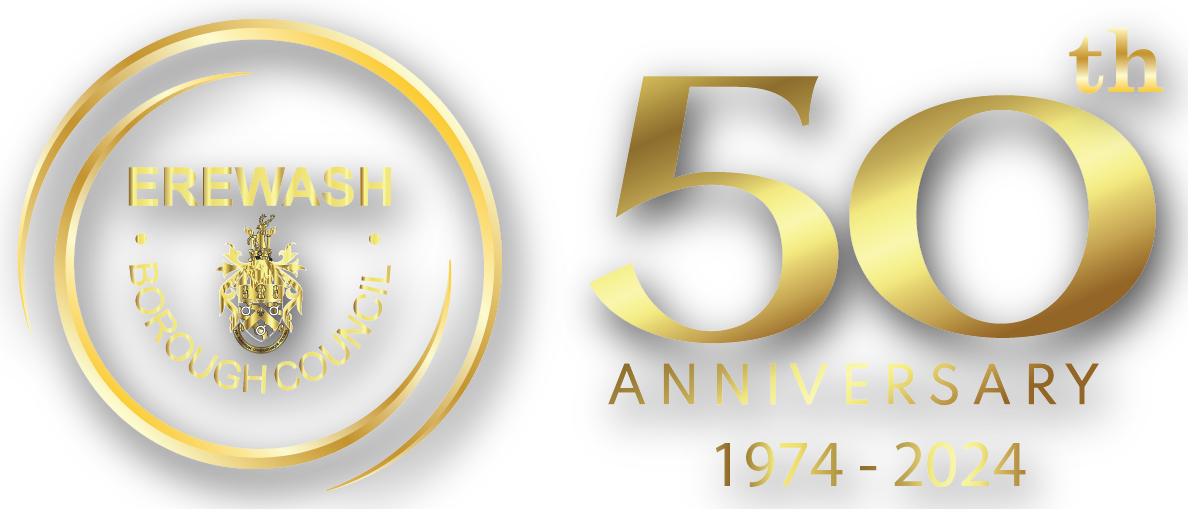Street Cleaning
The council is legally responsible for the sweeping of streets and removal of litter from public spaces.
If the visual appearance of an area should deteriorate to an unacceptable level between cleans, it will be cleaned up within a certain time, as laid down in a Litter Code of Practice under the Environmental Protection Act 1990.
For more detailed information about the Litter Laws and related legislation, please visit th Keep Britain Tidy website
If you feel your road is not swept satisfactorily, if you want to report anyone dropping litter or you have any other comments or questions, please contact us on our Pride-line: 0115 850 8383 (24 hours confidential hotline). For out-of-hours emergencies please call 0115 907 2244. Or complete an online form through your My Erewash login account.
Litter ranges in size from a single sweet wrapper, to a bag full of rubbish. Under the Clean Neighbourhoods and Environment Act 2005 chewing gum and cigarettes butts now are classed as litter.
The Environmental Protection Act of 1990 states that if a person drops, throws, deposits, or leaves anything that causes defacement in a public place; they are committing a littering offence.
So always use a litter bin or take it home.
Zones
For the purpose of street cleansing regimes the borough is split in to zones:
- Zone 1 - Busy shopping areas such as the Town Centre.
- Zone 2 - High density residential areas.
- Zone 3 - Low density residential areas.
- Zone 4 - All other areas.
Each zone has a different response time.
Cleanliness standards fall into four categories or grades:
- Grade A - streets or areas that are free of litter and refuse.
- Grade B - streets or areas that are free of litter apart from small items.
- Grade C - streets or areas that have widespread distribution of litter and refuse, with minor accumulation.
- Grade D - streets or areas that are heavily littered, with significant accumulations.
We have a responsibility to maintain a grade A standard in zone 1 areas and grade B in the other zones.
If the cleanliness standard of any street or area falls below grade A, the street or area must be restored to grade A within a certain response time, depending on the zone and grade. As an example, if a street in zone 1 falls to grade D, restoration to grade A must be quicker than if it were in zone 4 and at grade C.

